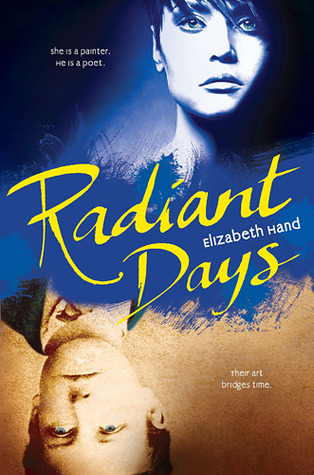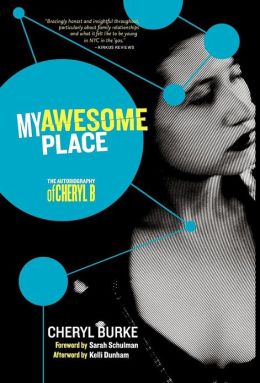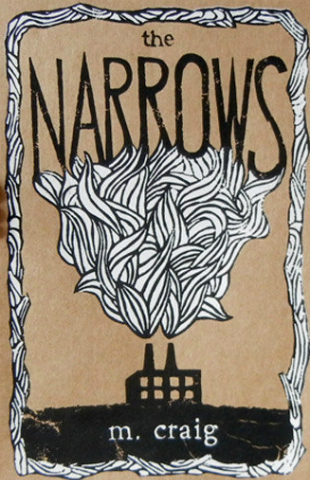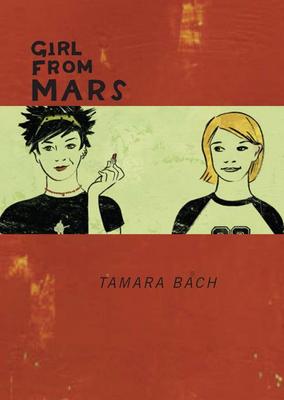Carry the One by Carol Anshaw received a ton of praise from the queer community last year, and it includes blurbs on its back cover from such heavy hitters as Emma Donoghue and Alison Bechdel, along with Publishers Weekly. And I agreed with everything they said–yet this was also a hard novel for me to read. It starts out bleak: a car crash after a wedding, a young girl dead in the middle of the woods. The story follows the three siblings that were all in the car–while, interestingly, none of them was the driver–and how their lives sprawl forward from the time of the accident. The writing is fantastic, never overwrought, tightly crafted yet often still lovely, and by the end of the novel, I felt deeply that this family was almost real, that I knew them and cared about them.
Yet the weight of the accident hangs over them, even decades later, even in non-obvious ways, even when Anshaw doesn’t explicitly mention the accident or the girl for whole chunks of chapters. You can still just feel it there, in the back of your stomach somewhere. And I know that was obviously the point, and proof that Anshaw has done her job well. But I occasionally just felt too depressed during this novel to truly enjoy myself. Even during the happy times–Alice, the lesbian sister, pursuing her art in Amsterdam was one of my favorite times to read about–things never felt 100% happy.
Alice is easy to love, and in a sense is the happiest character, even while she spends a majority of the novel pining over her fiercest love, Maude, who was also in the car that tragic evening. Nick, the only brother, is the truly tragic character, never able to shake the addictions that plagued him the night of the accident, yet reading about his struggles was fascinating to me, in a sad way. But Carmen, the oldest sister, is the one that sticks with me most for some reason, and the one that always made me the saddest. While not queer, Carmen is full of activist, feminist, liberal vigor, spending her days running shelters for women and going to protests, yet this passion she has for social justice never translates to her personal life, where she settles into marriages and things that never seem to truly make her happy, carrying out duties she feels like she’s supposed to do but never truly enjoys. Her close relationship with Alice seems to be the only thing in her life full of light, and one of my favorite parts of the book. I also did love the sheer amount of time that this book traversed, and mostly through Carmen’s activism, the critiques of the political and social atmospheres of the times that we got to see along with the inner turmoils of the characters.
Throughout the book, whenever I was feeling particularly depressed about it, I also questioned myself and my own read habits in regards to my own reactions. I don’t read “literary adult fiction,” that often, which I would definitely categorize this book as. (Which is not a bad thing at all; I only use the quotation marks because who really knows how we can truly categorize what’s “literary” or not.) But when I do, I feel like I often have that gut reaction of things just being too depressing. When I know logically there is nothing wrong with writing about depressing things, because life, a lot of the times, isn’t 100% happy. Children get hit with cars. So in the end, perhaps, it is just me.
For example, you can also read another less-weirdly-conflicted review of the book from Lindy Pratch from last year on the Lesbrary (http://lesbrary.com/2012/07/28/guest-lesbrarian-lindy-pratch-reviews-carry-the-one-by-carol-anshaw/). If anything is clear, it’s that Carol Anshaw is a superb talent who creates movingly complex characters. I perhaps am just still processing the depths to which they moved me. But I understand why this was on so many “best of” lists last year, and I’m glad I read it.








